Our Latest Feature Articles & Reviews...
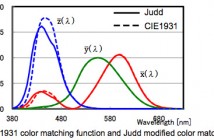
The Judd Offset: What I Didn’t Know I Didn’t Know About OLED Monitors
The first series of Sony OLED pro monitors looked green to me, and until recently I didn’t know why. It…
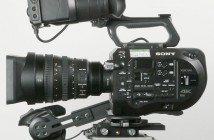
PXW-FS7, Part 2: Getting a Grip, Looking at Lenses, Better Balancing, and More
My explorations of the prototype PXW-FS7 “Vérité” continued this week with the receipt of two E-mount lenses and the XDCA-FS7…

A Critical Look at Cion’s New Demo Reel
Question: What is in this reel that shows me what an amazing camera the Cion is? Answer: nothing. That doesn’t…
NAB Show Reports...
More Articles & Reviews from DV Info Net...
Video Workshop: An Introduction to Adobe CS5.5, Part Two
An interview with Adobe vendor Gary Bettan of Videoguys.com. In the second part of our Intro to CS5.5 workshop, I…
Video Workshop: An Introduction to Adobe CS5.5, Part Three
An interview with Pete Bauer, our DVi forum moderator who recently upgraded to CS5.5. Our Intro to CS5.5 workshop concludes…

Review: Sonnet QIO Card Reader
Note: This article was originally published by Alister Chapmanand is reprinted here with his kind permission. I had heard about…
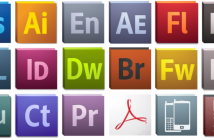
A Spring Surprise from Adobe: CS5.5
Adobe has surprised those of us who have long been accustomed to a major release roughly every 18 months. Just a year after launching the CS5 titan, they announced not only a new version of the Creative Suites, but a new release schedule and a subscription option for their suites. The just-released CS 5.5 is an incremental version that provides improvements in 5.0’s first-generation 64 bit features, several cool new tools, and one of the most asked-for changes to the suite’s software line up: the return of Adobe Audition.
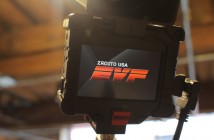
Zacuto EVF Test Drive
Note: This article was originally published by J.J. Kim and is reprinted here with his kind permission. I am very…

First S-Log Test with Sony F3
First, before I finish the story, allow me to explain what S-Log is, and why its so darn significant. The Sony F3, a phenomenal 1080p HD camera already, records 8-bit 35mbps XDcam to SXS media cards. This is the standard recording media for all mid-range professional Sony cameras working right now. When Sony created the F35 camera a few years ago, they built a full Super 35mm sized CCD sensor capable of producing some of the best images in the digital cinematography world. This was a camera designed from the ground up to be a full cinema-style system that records to the highest quality footage to HDCAM SR tape (it also costs about $250,000). The standard XDCAM recording format would not cut the mustard with such a high end camera, the problem being that video systems in general are not able to capture the wide latitude of exposure that film can. Sony thought of a clever solution. They created S-Log.

Live Video Streaming 101: De-Mystified
Sometimes I just have to pinch myself, to make sure I’m not dreaming. It’s probably the same feeling and phenomenon…

Interview: Convergent Design unveils Gemini 4:4:4
Newsletter editor Amber Cowles, interviews Mike Schell, President of Convergent Design, about the new Gemini 4:4:4 full uncompressed recorder. Can…
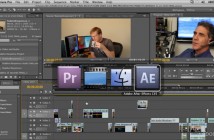
Transitioning Into Adobe Premiere Pro CS5
For our third article in a series covering Adobe Premiere Pro CS5, we’ll take a brief look at the advantages of Premiere Pro when working with contemporary HD video formats, specifically the tapeless acquisition systems offered by Canon, Sony and Panasonic. That’s followed by some user testimonials culled from our online discussion groups involving some of our DVi community members who have switched or are in the process of transitioning to Premiere Pro from other video editing programs. Then we’ll look at hardware options for configuring a desktop system or a mobile editing laptop using Adobe Premiere Pro CS5.
